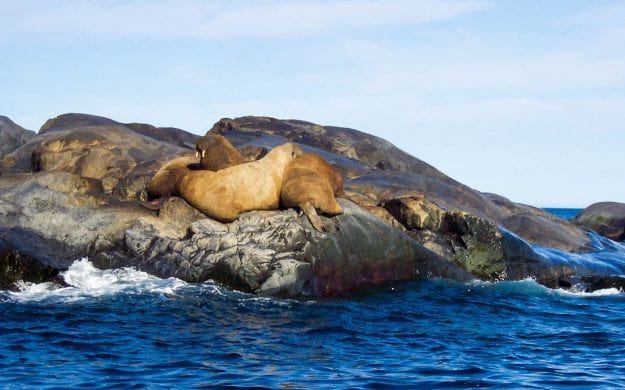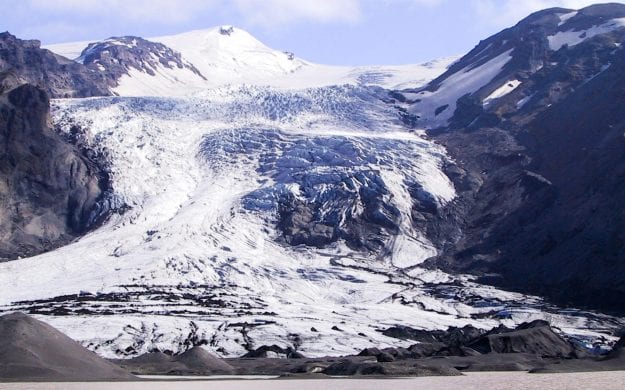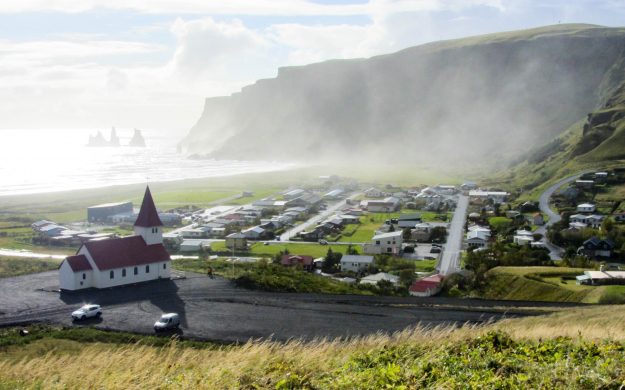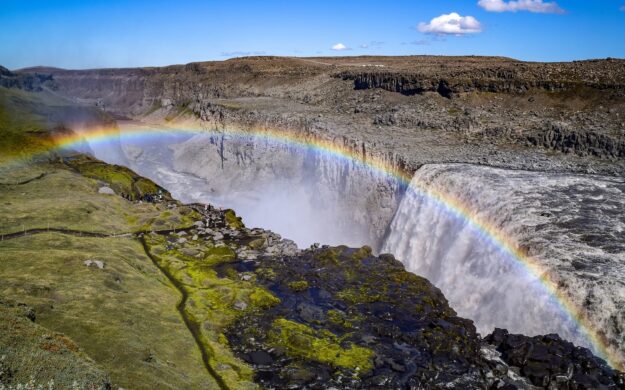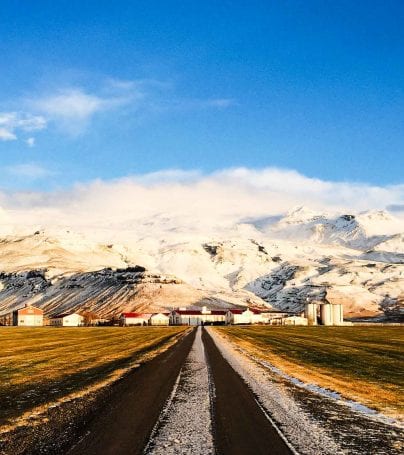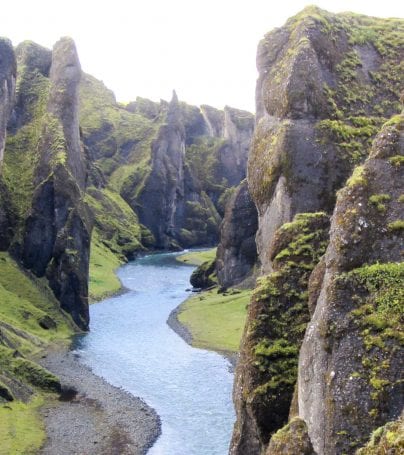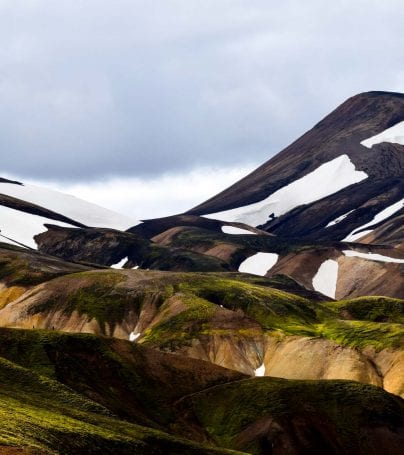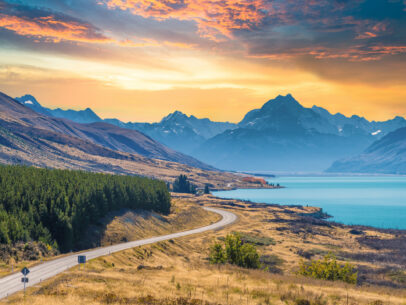Reykjavík Adventure Tours
Reykjavík is the capital and largest city of Iceland. Its latitude at 64°08′ N makes it the world’s northernmost capital of a sovereign state. It is located in southwestern Iceland, on the southern shore of Faxaflói Bay. With a population of around 120,000 (and over 200,000 in the Greater Reykjavík Area) it is the heart of Iceland’s economic and governmental activity. Reykjavík is believed to be the location of the first permanent settlement in Iceland, which Ingólfur Arnarson is said to have established around 870. Until the 18th century, there was no urban development in the city location. The city was founded in 1786 as an official trading town and grew steadily over the next decades, as it transformed into a regional and later national center of commerce, population, and governmental activities.
The first permanent settlement in Iceland by Norsemen is believed to have been established in Reykjavík by Ingólfur Arnarson around AD 870; this is described in Landnámabók or the Book of Settlement. Ingólfur Arnarson is said to have decided the location of his settlement using a traditional Viking method; by dumping his high seat pillars (Öndvegissúlur), in the ocean when he saw the coastline and then settled where the pillars came to shore. Steam from hot springs in the region is supposed to have inspired Reykjavík’s name, as Reykjavík loosely translates to “Bay of Smokes”. The original name was Reykjarvík with an additional -r that vanished around 1300. Reykjavík is not mentioned in any medieval sources except as regular farmland but the 18th century saw the beginning of urban concentration there. The Danish rulers of Iceland backed the idea of domestic industry in Iceland that would help to stimulate much-needed progress on the island. In 1752, the King of Denmark donated the estate of Reykjavík to the Innréttingar Corporation; the name comes from Danish “indretninger”, meaning enterprise. The leader of this movement was Skúli Magnússon. In the 1750s several houses were constructed to house the wool industry that was to be Reykjavík’s most important employer for a few decades and the original reason for its existence. Other crafts were also practiced by the Innréttingar, such as fisheries, sulfur mining, agriculture, and shipbuilding.
The Danish Crown abolished monopoly trading in 1786 and granted six communities around the country an exclusive trading charter, Reykjavík was one of them and the only one to hold on to the charter permanently. 1786 is regarded as the date of the city’s founding; its 200th anniversary was celebrated in 1986. Trading rights were still limited to the subjects of the Danish Crown, however, and Danish traders continued to dominate trade in Iceland. Over the following decades, their business in Iceland expanded. After 1880, free trade was expanded to all nationalities and the influence of Icelandic merchants started to grow.
Reykjavík is the largest and most populous settlement in Iceland. Present-day Reykjavík is a multicultural city with people from at least 100 countries. The most common ethnic minorities are Poles, Filipinos, and Danes.
Customize Your Dream Adventure
We are here to help craft tailor-made adventures for individuals, couples, families, and groups of explorers.

